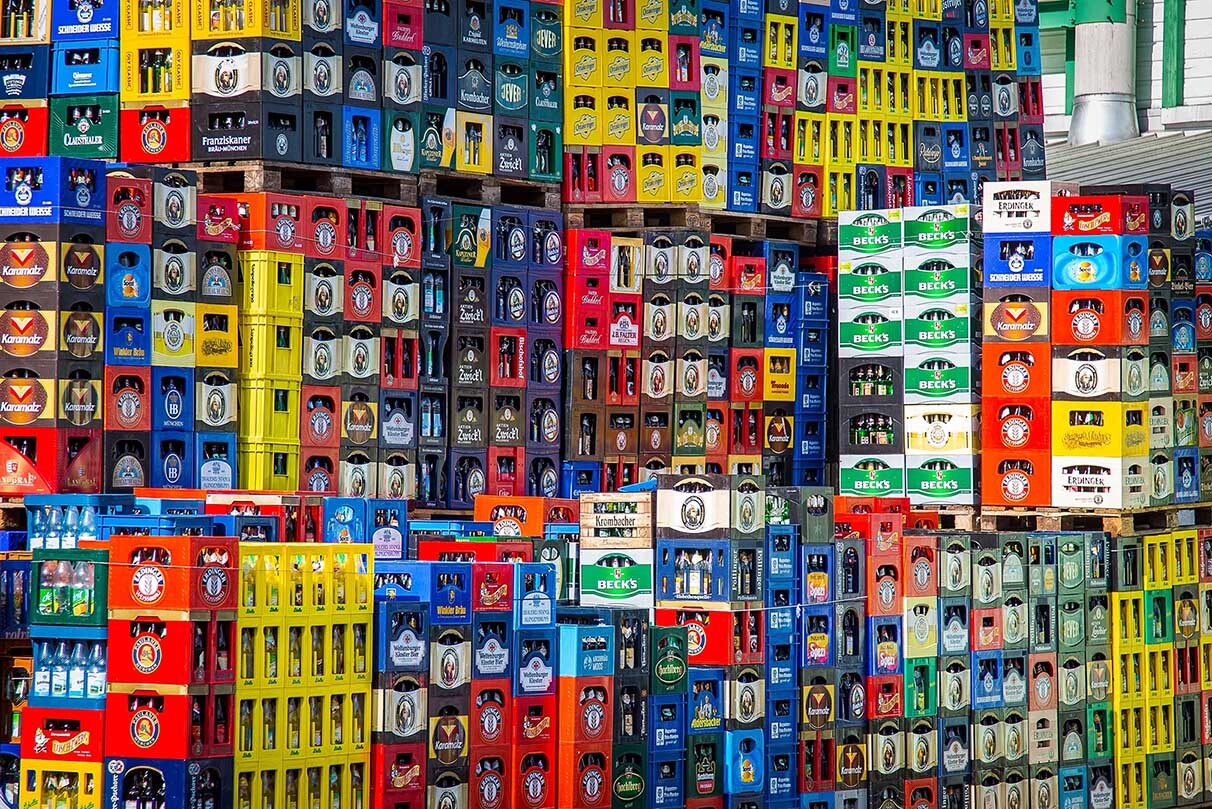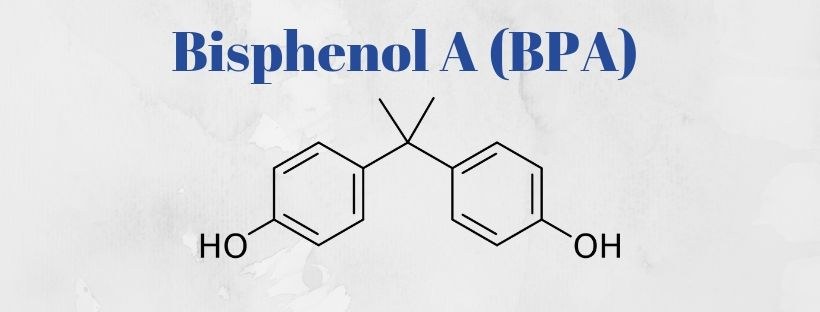Building a plastic waste free future through innovative packaging
21st May, 2019
The EU has mandated that all plastic packaging will need to be reusable or recyclable by 2030.
Currently only 30% of EU plastic is recycled, dictating the need for a vast amount of innovation and uptake by packagers over the next decade to attain the lofty EU target.
Clearmark cast its expert eye over the latest sustainable plastics alternatives to reduce packaging waste and assesses why currently only 30% of food packaging is recycled.
Alternatives to plastic packaging
Plastic was invented a little over a century ago, but it has quickly become ubiquitous globally with 8.3 billion metric tons created since its invention, yet only 9% of this has been recycled. More than three quarters of this waste ends up in landfill or the oceans causing massive damage to the environment and the wildlife in it. The interactive chart below shows how the amount of macroplastics in the sea has increased exponentially over the last decades:
This has made replacing and reducing plastic a key area in the battle to save the planet. We take a look at the key alternatives to plastics in packaging and other innovations that are looking to improve these statistics:
Bioplastic packaging
Bioplastics are made out of sustainable, natural sources such as corn starch, vegetable fats or food waste as opposed to petroleum. They are made by fermenting natural products to create natural polymers, known as PHA which can be used to create plastic packaging materials that are biodegradable.
- Innocent smoothies are leading the way using 15% bioplastics in all its bottles. The bioplastic packaging is made out of a by-product of sugar cane.
Compostable packaging
Compostable packaging is packaging made out of a natural material that can break down in any environment friendly to the microbes it needs, for example a common garden compost. This differs to biodegradable plastics which need to biodegrade under controlled conditions but do not need oxygen. Compostable packaging breakdown is usually a much quicker process, taking under six months, similar to normal garden waste. However Tesco recently told suppliers that compostable packaging should “not to be used as customers cannot easily recycle” which may affect the uptake of compostable packaging in the UK.
- Organic farmers Riverford are replacing all their single use plastic packaging in their vegetable boxes with compostable packaging nets made from tree pulp, which will compost within 12 weeks.
- Ooho water bottles are made from Seaweed and are fully edible or break down naturally in 4-6 weeks. They aim to replace the million plastic bottles sold every minute worldwide and the creator has made the formula for making these free to use in order to encourage companies and people to use thier edible product.
Biodegradable plastic packaging
In short biodegradable means that the plastic can be broken down but this has no time requirement. Biodegradable plastics covers both bioplastics and plastics made from traditional petrochemicals that contain additives to increase their ability to decay. However these don’t always break down into harmless substances like compostable packaging.
Biodegradable plastics need exposure to high levels of sunlight or temperatures (over 50C) to break down which means it will usually need specialist conditions to ever break down. This has led to criticism by the UN’s top environmental scientist Jacqueline McGlade as not a real solution to plastics.
- Biodegradable plastic bags have been one of the key innovations within the industry. However research has shown that these have not broken down after being left in a natural environment for three years, raising question marks as to their effectiveness in reducing the environmental impact of plastic packaging.
Reducing and reusing plastic packaging
Perhaps the simplest way of reducing the amount of plastic waste is by reducing the amount of plastic used, removing it entirely or making the packaging reusable.
- Carlsberg has reduced its plastic usage by 76% by replacing its bulky plastic rings on its Carlsberg Export six pack, with ‘Snap pack’, a glue that bonds the cans together. This is set to be replicated by Britain’s two most popular beer brands, Budweiser and Stella Artois, as they commit to removing plastic from all canned products by the end of 2020, eliminating 250 tonnes of plastic rings annually.
- Tesco has removed all plastic packaging from over 40 fruit and vegetable products as a trial in two Tesco extra stores to see if consumers are happy buying items without packaging. Tesco has also committed to removing 1 billion pieces of plastic from its UK stores by the end of 2020. All of the major supermarkets in the UK have committed to reducing single use plastic, with Greenpeace publishing an annual rankings.

Why do companies still use plastic packaging?
Despite a number of seemingly great plastic alternatives, uptake of these has been low, with only 30% of plastic food packaging recycled last year in the UK. Exacerbating this issue is nearly 30% of supermarket packaging not being widely recyclable. We take a look at the reasons why many businesses are currently sticking with plastic packaging, rather than swapping to recyclable, compostable or biodegradable packaging, or replacing and reducing plastic packaging altogether.
- Recycling infrastructure – There are widespread discrepancies in recycling infrastructure nationally which means that although many products are technically recyclable, they will likely end up in landfill, which can make recyclable plastic unattractive to businesses.
- Functionality – Plastic is usually thinner than its bioplastic counterparts making it better suited to some packaging such as flow wraps.
- Cross contamination – Even a progressive company such as Riverford that has rolled out its compostable nets across its fruit and vegetable range still plan on using plastic for its meat range to prevent cross contamination.
- Benefits of plastic – Despite being public enemy number one, plastic achieved its ubiquitous status thanks to its many positive qualities, such as price, convenience, flexibility, water-resistance, ease of producing, ease of sourcing, and compatibility with other products, which makes replacing it a difficult task.
- Price – Eco friendly alternatives are usually more expensive than plastic.
- Importance of packaging – Whilst reducing packaging is the flavour of the day, packaging does still serve an important function protecting the product during transportation, so there is a limit to how much it can be reduced without affecting the product quality.
One such example of a company rushing to remove single-use plastic is McDonald’s replacing all plastic straws with paper straws in the UK in autumn 2018.

However it has recently had to advise customers that these paper straws are not easily recyclable and should be placed in the general waste, adding to the embarrassment for McDonald’s is the axed plastic straws were fully recyclable in the UK. This will lead to nearly two million McDonald’s straws being put in the bin every single day.
Whilst there is no doubt a growing trend towards more eco-friendly packaging, there are clearly limitations preventing more widespread uptake. In part this can be explained by the many qualities of plastic packaging which business owners may still feel outweigh the eco-alternatives. This has meant despite many good plastic packaging alternatives such as bioplastic and compostable packaging being developed, EU wide recycling is only at 30%, a long way off the target for 100% of plastic packaging to be reused or recycled by 2030.
Related
BPA used in packaging: Damaging for human health and to be banned by the EU?

More Resources

